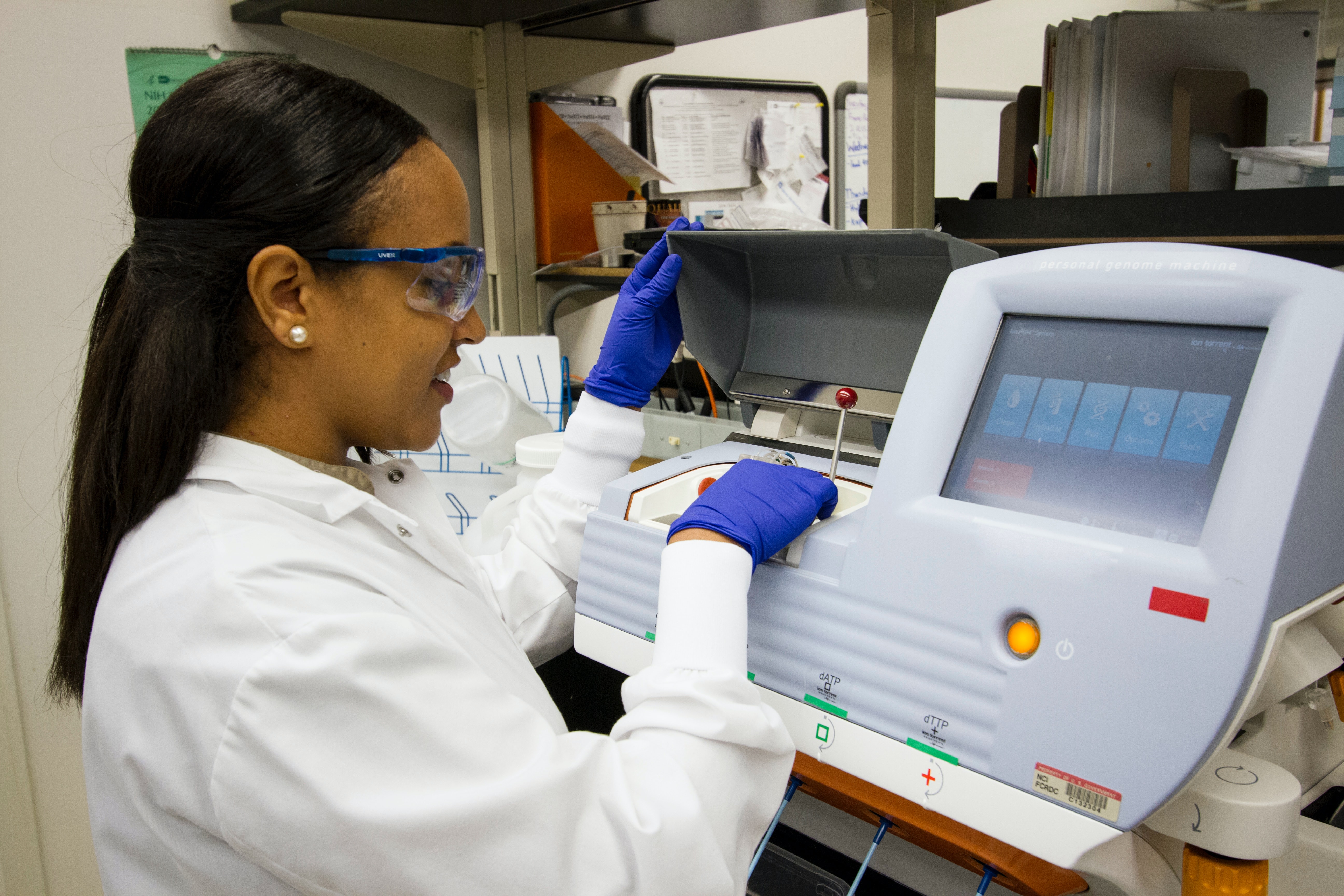Considering socioenvironmental factors in clinical and research settings

Imagine that you are a therapist seeing a new patient for the first time. The patient says that while she has no history of clinical depression, she has been feeling really sad lately and has lost interest in the things she normally enjoys, such as cooking and creating new recipes.
When you start to ask questions, however, you begin to uncover the factors that may be impacting what your patient is currently experiencing. She tells you she has recently moved across the country and has had trouble finding a new community where she feels connected. Because she feels so sad most of the time, she has stopped calling anyone from her previous home, telling you that she “doesn’t want to bring them down.” You hypothesize that the recent drastic changes in her environment may be contributing to the symptoms of depression she describes.
You continue to see the patient over time, and as the months progress, she begins to improve and show more connection with things she enjoys. You encourage her to set up weekly phone calls with her best friend from back home, and eventually she reports to you that she has found a local cooking class in her neighborhood, which has enabled her to make new connections.
As my colleague and fellow therapist Alex alluded to in last week’s blog, this information about a patient’s environment—what we refer to as socioenvironmental stressors—provides critical context that should be considered in both clinical and research settings.
Environment and mental health: A bidirectional relationship
In the above example, the patient’s symptoms may have been alleviated through continued psychotherapy, but it is also likely that her concerted effort to change the factors in her environment that were causing her stress helped in her treatment as well. Connecting with her support system from her previous home may have helped her feel less depressed and isolated. Because she felt better, she may have had more confidence and energy to re-engage in activities she loves in her new environment, which also gave her the opportunity to meet new people with similar interests. Making new friends and creating a new support system could also help her in managing her depression.
As you can see, socioenvironmental stressors can be quite cyclical, which adds complexity as we seek to track and understand these factors to help better conceptualize patients’ behavioral health and how we as therapists can best support them in managing it. Sometimes socioenvironmental stressors cause behavioral health problems–such as the patient’s move leading to symptoms of depression. And simultaneously, behavioral health issues can contribute to the introduction of additional stressors–such as the patient’s depression leading to her disengagement from her support system from back home, which likely exacerbated her symptoms.
In this example, recognition of socioenvironmental stressors–and recommendations about what the patient could do to combat some of them–helped the patient’s behavioral health to improve. Information about environmental factors was used to monitor symptoms and make decisions about which types of interventions might prove most effective. External stressors help to provide a more complete picture of a patient’s health–and for clinicians who want to improve outcomes, it’s important to understand and take them into account rather than relying solely on textbook definitions of diagnoses.
Socioenvironmental stressors and research
Understanding and accounting for socioenvironmental stressors also has important implications beyond the clinical setting; this kind of information may be especially critical to life sciences researchers as they seek to develop new treatments. The analysis of real-world data related to socioenvironmental stressors and their impact on patient functioning has the potential to help gauge whether treatments are helping patients to manage their conditions and symptoms.
For example, a person with untreated schizophrenia may decline in several areas of functioning, resulting in a significant impact on his life. These effects may range from considerable decline in self-care and hygiene, to loss of employment or homelessness. The introduction of appropriate and consistent treatment, however, could result in increased functioning and the decline or erasure of some of these socioenvironmental stressors, which would signal that the treatment is benefiting the patient.
Both of these scenarios underscore why Holmusk’s work in identifying and classifying socioenvironmental stressors is so important. Using the socioenvironmental stressors captured within Holmusk’s NeuroBlu Database, researchers can gain a more granular understanding of the patient’s whole health, and even have the capability to build entire cohorts of people that share a specific socioenvironmental stressor. For example, analysts could use data on education to explore whether a person’s education level impacts their ability to access needed resources and/or recover from a behavioral health condition.
In the coming weeks, my colleagues will share more about how socioenvironmental stressors are integrated into our NeuroBlu Database and made available for insights in both the clinical and research realms. These data, which help to provide a comprehensive picture of patients’ lives and health, are our contribution to lead the behavioral health field to “Look Around, Look Within”—and to gain much-needed insights to take action on mental and behavioral health.


